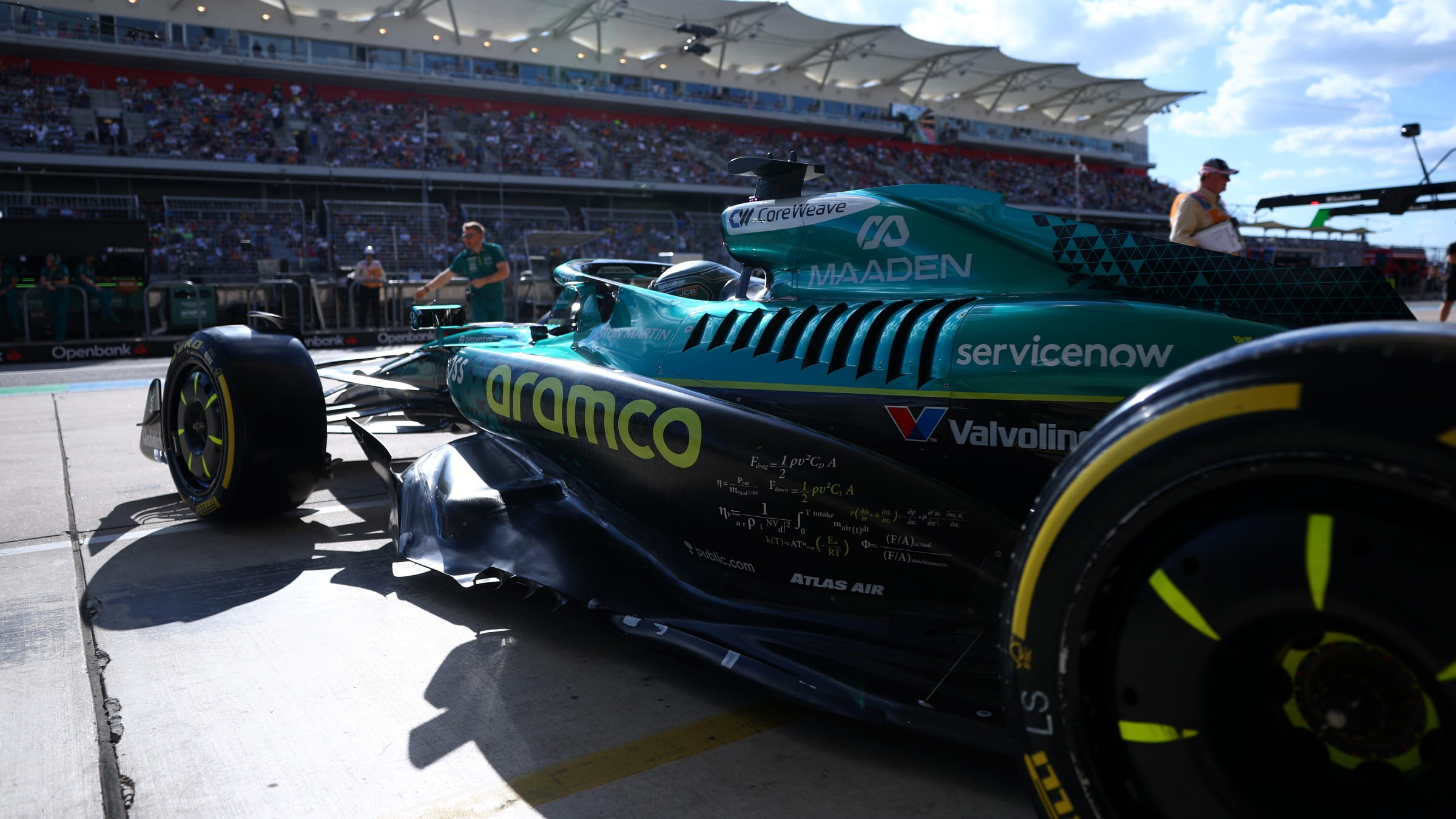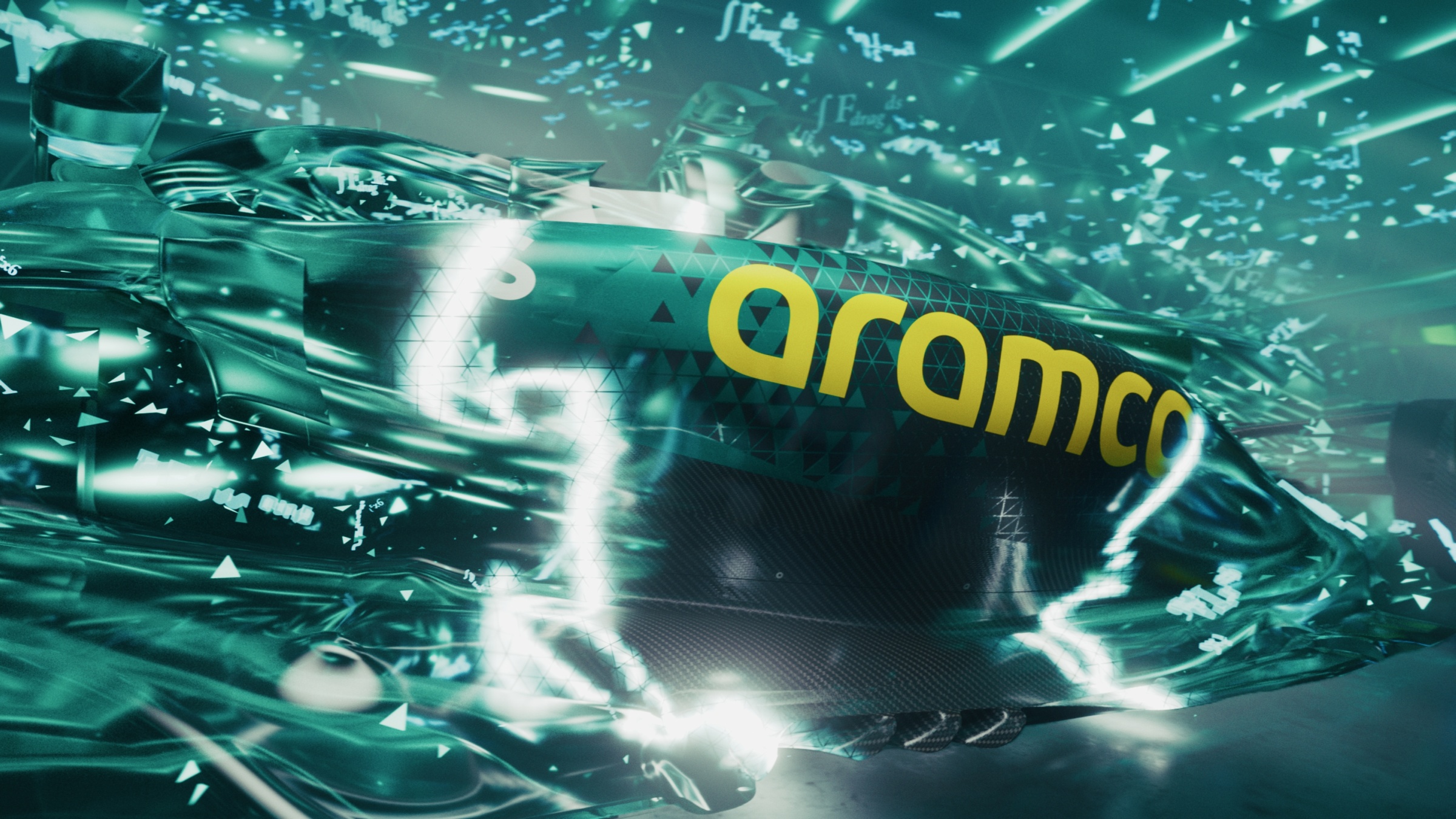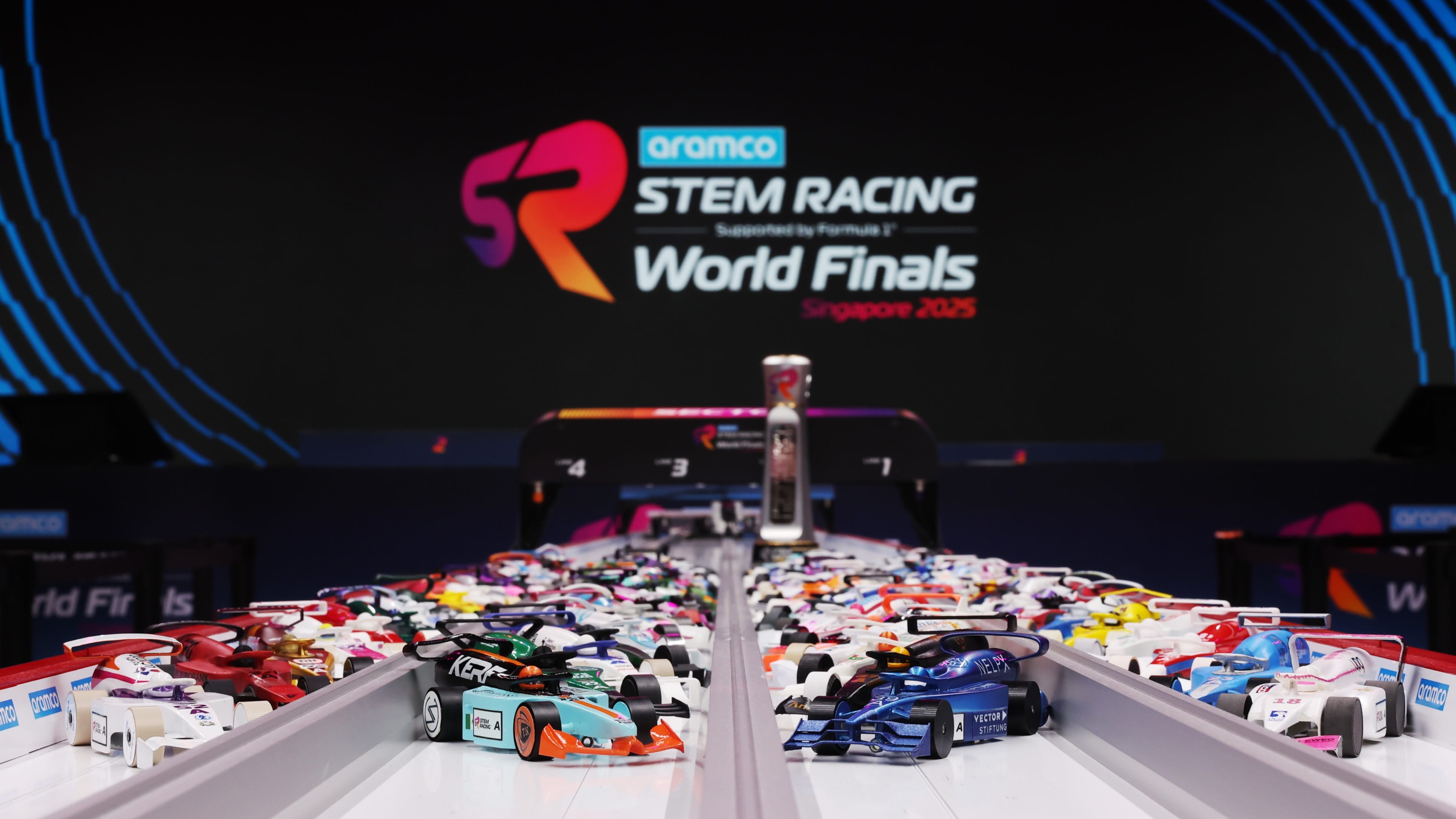Event
The F1 engineer's guide to the 2025 Brazilian Grand Prix at Interlagos
by Raceteq
3min read

Brazil is no stranger to Formula 1 drama. Passionate crowds pack the stands of this Interlagos circuit that has recently played host to photo finishes, thrilling overtakes, and title-defining moments.

Sign up for a newsletter and we'll make sure you're fully up-to-date in the world of race technology
Changeable weather is one of the factors that make the Brazilian Grand Prix an exciting race, with torrential rain a common occurrence.
If conditions remain dry in Interlagos, drivers will have the C2, C3 and C4 as the hard, medium and soft - one step harder than the tyres used last year. Pirelli has allocated harder compounds because, in 2024, it found that the rear tyres faced high wear. F1’s tyre supplier also wants to promote the use of the soft tyre for more strategic variability.

Pirelli’s 2025 Brazilian Grand Prix preview
Brazil also hosts an F1 sprint race in 2025, with eight points up for grabs for the winner, down to one point for the eighth-place finisher, on Saturday. It means teams have just one practice session on Friday to hone their set-ups.
Aston Martin Aramco Formula 1 Team deputy performance engineer Tim Wright examines the ins and outs of Interlagos.
Interlagos, Brazil
Length: 4.309 kilometres
Number of laps: 71
Number of turns: 15
“This is a really good circuit, and a relatively short lap. It runs anti-clockwise, but that makes absolutely no difference - it’s just something everybody mentions when they think of Interlagos.
“What people don’t mention as much is the altitude. It’s nowhere near as high as Mexico City, but altitude still makes a difference in Brazil, just as it will in Las Vegas.
“Thinner air means that it’s harder to keep the brakes and engine cool.

Torrential downpours can rip up the script in Brazil
“At Interlagos, there are a lot of corners in quick succession. There’s not a lot of rest for the tyres. Only after Turn 3 and Turn 14 do drivers get to open the throttle and use DRS.
“The middle sector of the track is a string of medium to high-speed corners that put a lot of demand on the rear tyres.
“Furthermore, there are a lot of bumps around the track and slots cut out on the sides for drainage, which can throw the car off. Safety cars are also really frequent in Brazil and rain can add to that risk.
“It’s demanding on the tyres and the drivers.”



